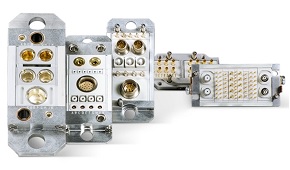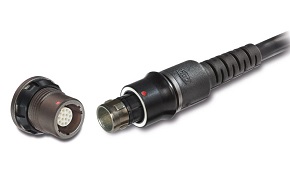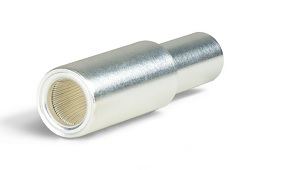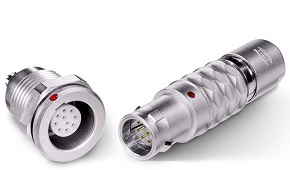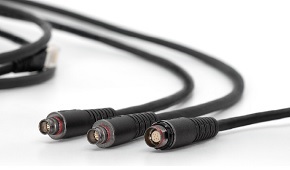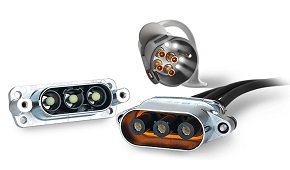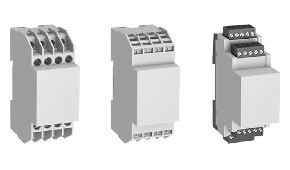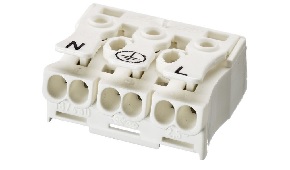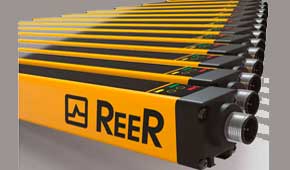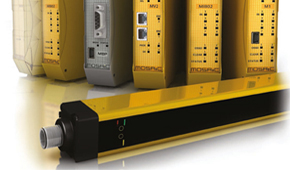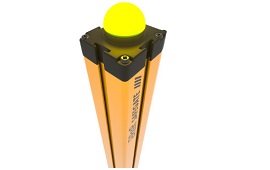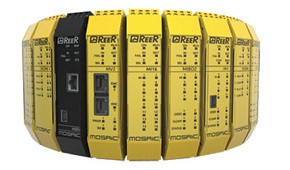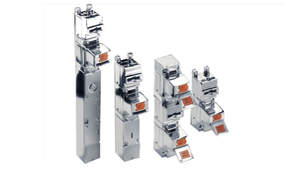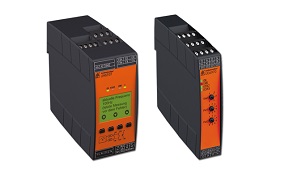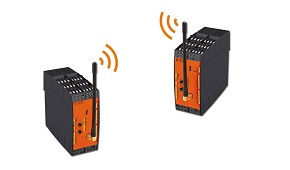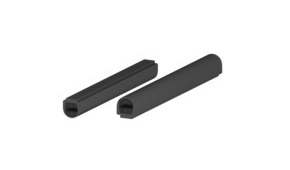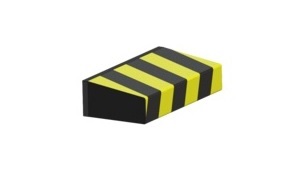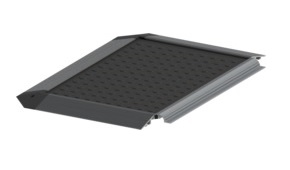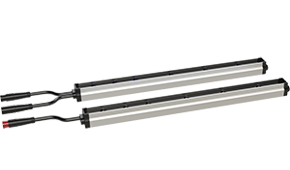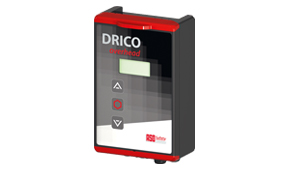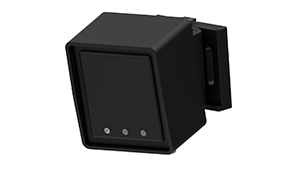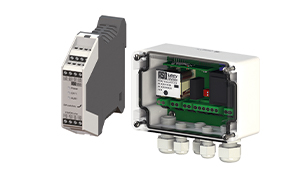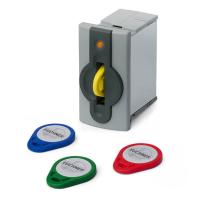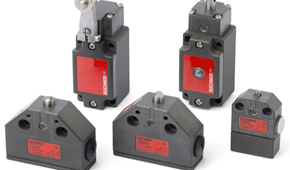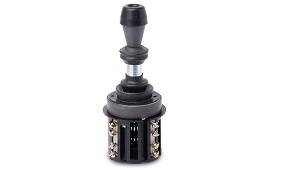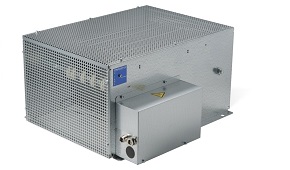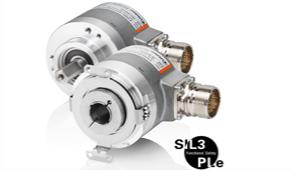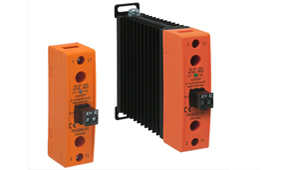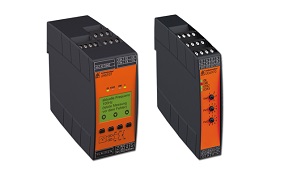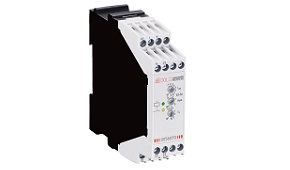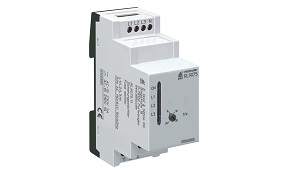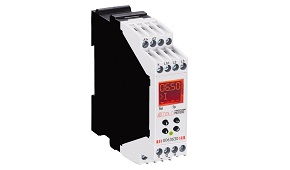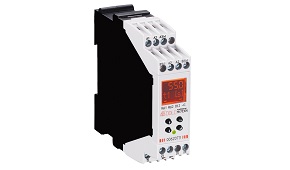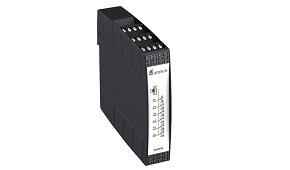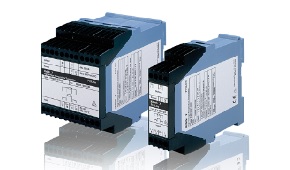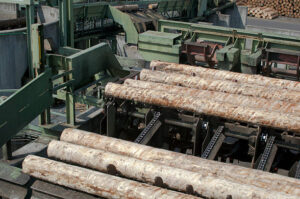The speed of modern three-phase synchronous squirrel-cage motors and three-phase synchronous motors is usually controlled by a variable frequency drive (VFD). The AC frequency of the VFD output voltage determines the motor speed and can be adjusted independently of the mains voltage.
In operating conditions in which the electrical drive serves as a generator (e.g. when driving downhill, lowering or braking), the generated energy of the motor results in a voltage increase in the DC bus of the VFD. To prevent damage to components, the DC bus voltage must remain below a specified critical value. In many cases, feeding energy back into the grid is not economical. Instead, the extra energy is converted into heat using a chopper and a dynamic braking resistor.
A further variant is the use of a three-phase braking resistor in direct combination with the motor. Therefore, the resistor is connected to a contactor in the three-phase circuit of the motor. The motor windings are therefore short-circuited in a controlled manner using resistors. The objective of this extremely robust switch is to ensure braking action independent of the chopper unit of the DC intermediate circuit. This switch is often used for the emergency stop function of a machine.
Applications
- Drive Technology
- Machine Tools
- High-Bay Storage
- Lift Construction
Options
- Wirewound tubular resistors (T100)
- Flat resistors (T300)
- Lamina type resistors (T500)
- Steel-grid resistors (T600)
For more information
Tuomas Hietaniemi
tuomas.hietaniemi@sahkolehto.mm-dev.fi

